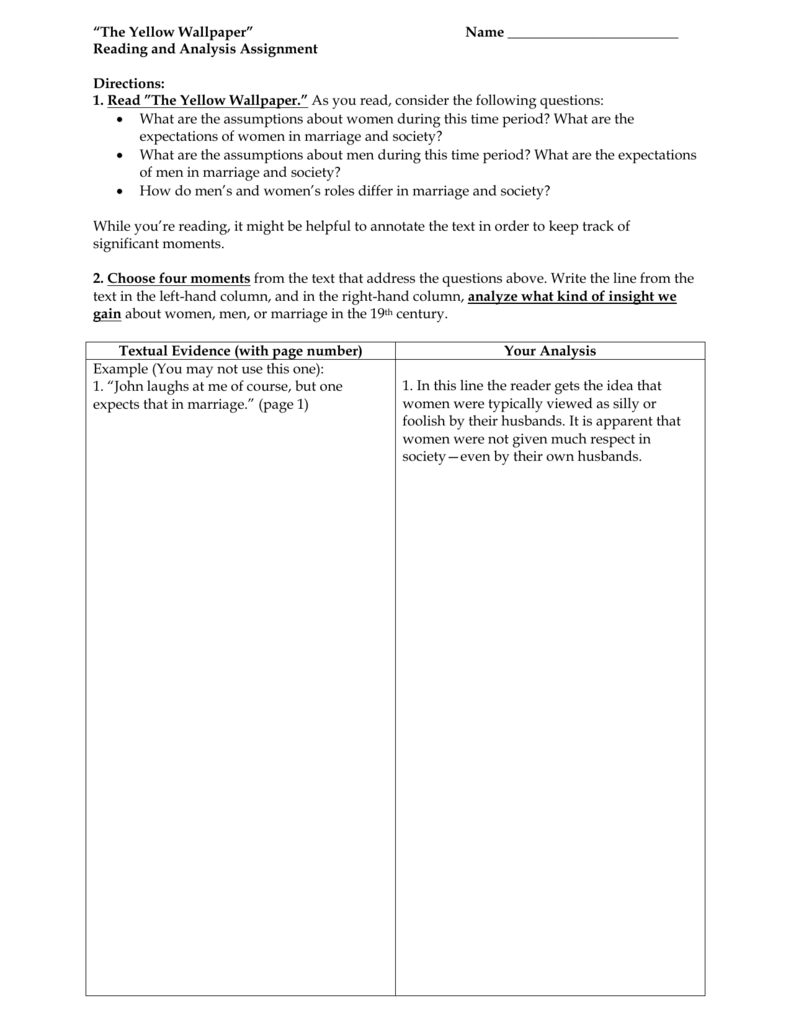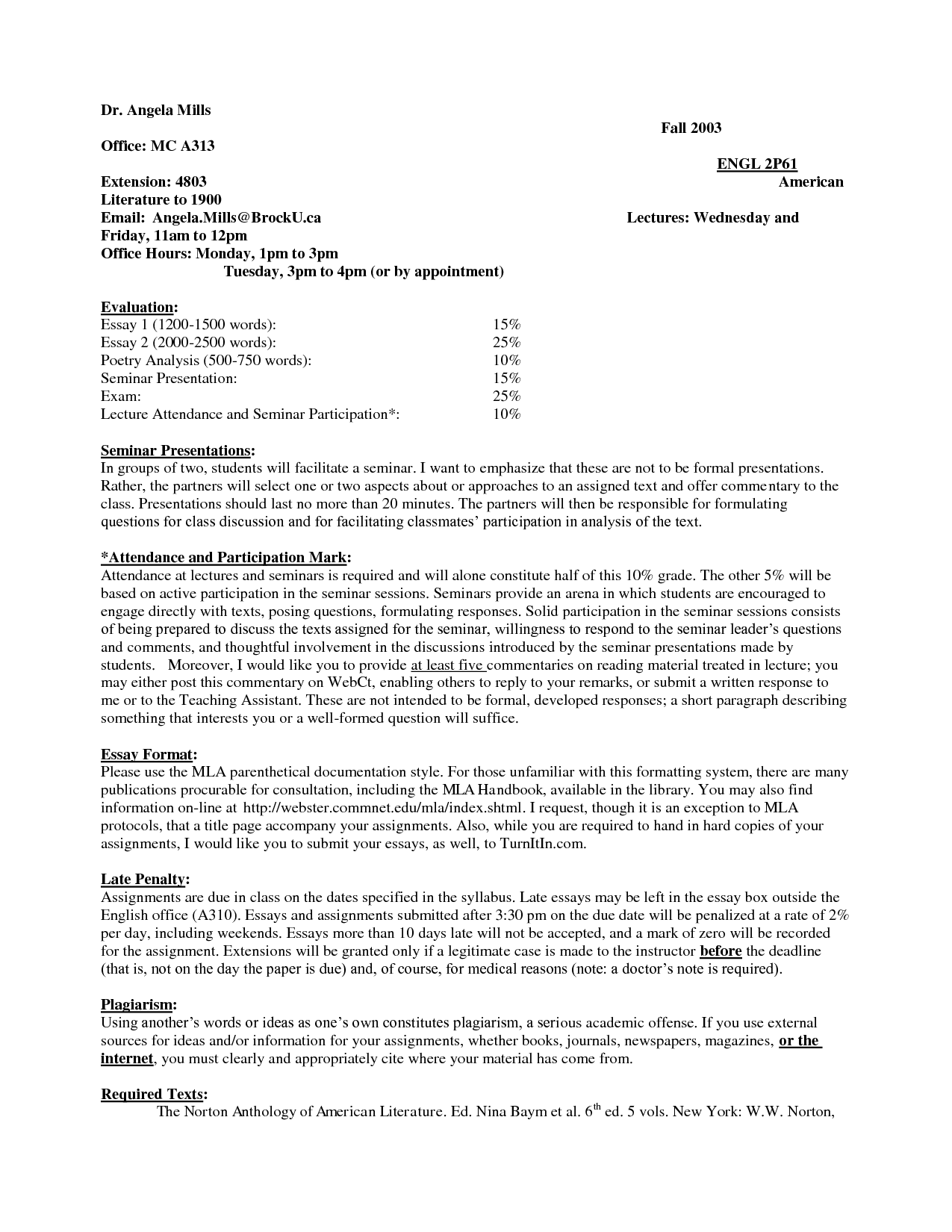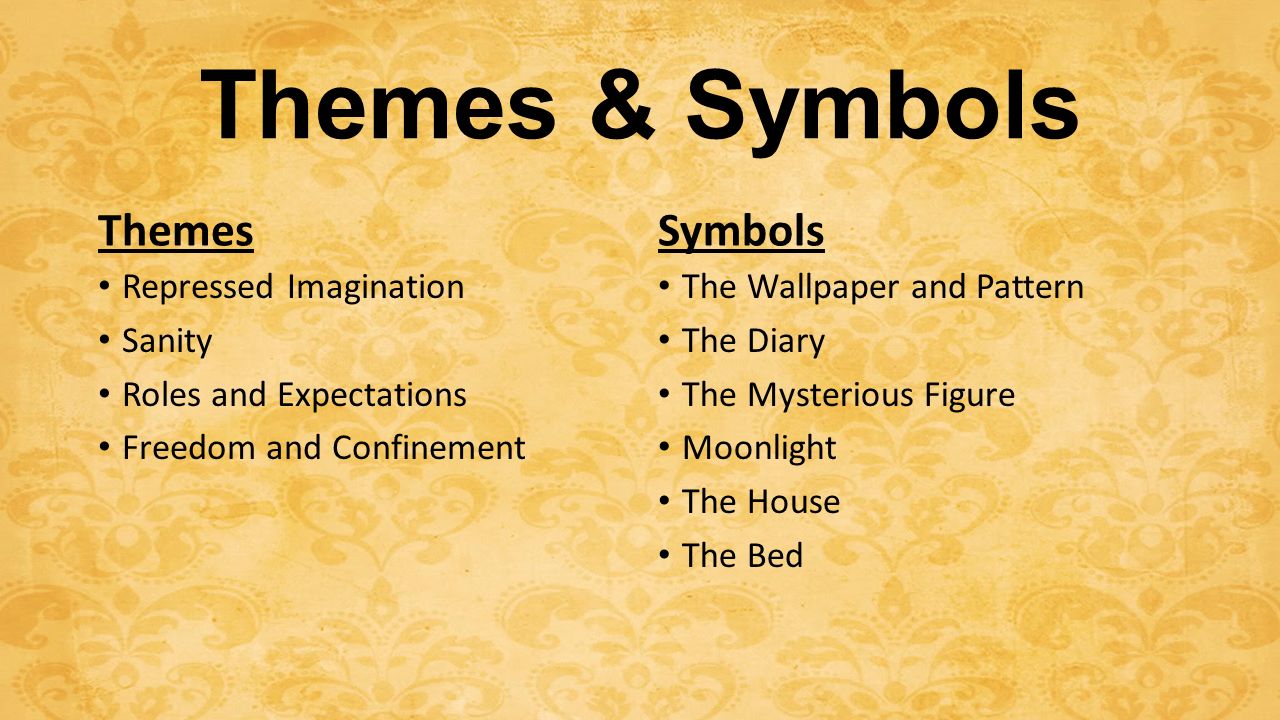
Second, because things are still unfolding seemingly before our very eyes, we feel that to attempt to pass judgment on what’s happening would be too rash and premature: we don’t know for sure how things are going to play out yet. First, we are thrown in amongst the events, experiencing them as they happen almost, so we feel complicit in them. Present-tense narration deters us from doing this so readily, for two reasons. Ruth Robbins has made the argument that the past tense (or ‘perfect tense’) is unsuited to some modes of fiction because it offers the ‘perspective that leads to judgment’: because events have already occurred, we feel in a position to judge the characters involved. Only one year separates ‘The Yellow Wallpaper’ from George Egerton’s first volume of short stories, which made similarly pioneering use of present-tense narration in order to depict female consciousness.

But it also has the effect of shifting the narrative tense: from the usual past tense to the more unusual present tense. This is in keeping with what the female narrator tells us: that she can only write down her experiences when her husband John is not around. ‘The Yellow Wallpaper’ is a Gothic horror story – it ends with the husband taking an axe to the bedroom door where his cowering wife is imprisoned – but the twist is that she has imprisoned herself in her deluded belief that she is protecting her husband from the ‘creeping women’ from behind the wallpaper, and he is prepared to beat down the door with an axe out of genuine concern for his sick wife, rather than to butcher her, Bluebeard or Jack Torrance style.Īs we mentioned in Tuesday’s summary, ‘The Yellow Wallpaper’ has the structure and style of a diary. So ‘The Yellow Wallpaper’ is a haunted house story … but the only ghosts are inside the narrator’s head. Because one of the ‘morals’ of ‘The Yellow Wallpaper’ – if ‘moral’ is not too strong a word to use of such a story – is that the husband’s treatment of his wife’s mental illness only succeeds in making her worse, rather than better, until her condition reaches the point where she is completely mad, suffering from hallucinations, delusions, and paranoia. And according to a female friend who has been treated by him, Weir Mitchell is like her husband and brother ‘only more so’ (i.e. The narrator confides that she cannot even cry in her husband’s company, or when anyone else is present, because that will be interpreted as a sign that her condition is worsening – and her husband has promised (threatened?) to send her to another doctor, Weir Mitchell, if her condition doesn’t show signs of improving.


It becomes clear, as the story develops, that depriving the female narrator of anything to occupy her mind is making her mental illness worse, not better. Jennie also does all of the cooking and housework. (She writes her account of what happens to her, and the effect it has on her, in secret, hiding her pen and paper when her husband or his sister come into the room.) John’s suggested treatment for his wife also extends to relieving her of maternal duties: their baby is taken out of her hands and looked after by John’s sister, Jennie.

His solution, or treatment, is effectively to lock her away from everyone – including her own family, except for him – and to forbid her anything that might excite her, such as writing.


 0 kommentar(er)
0 kommentar(er)
